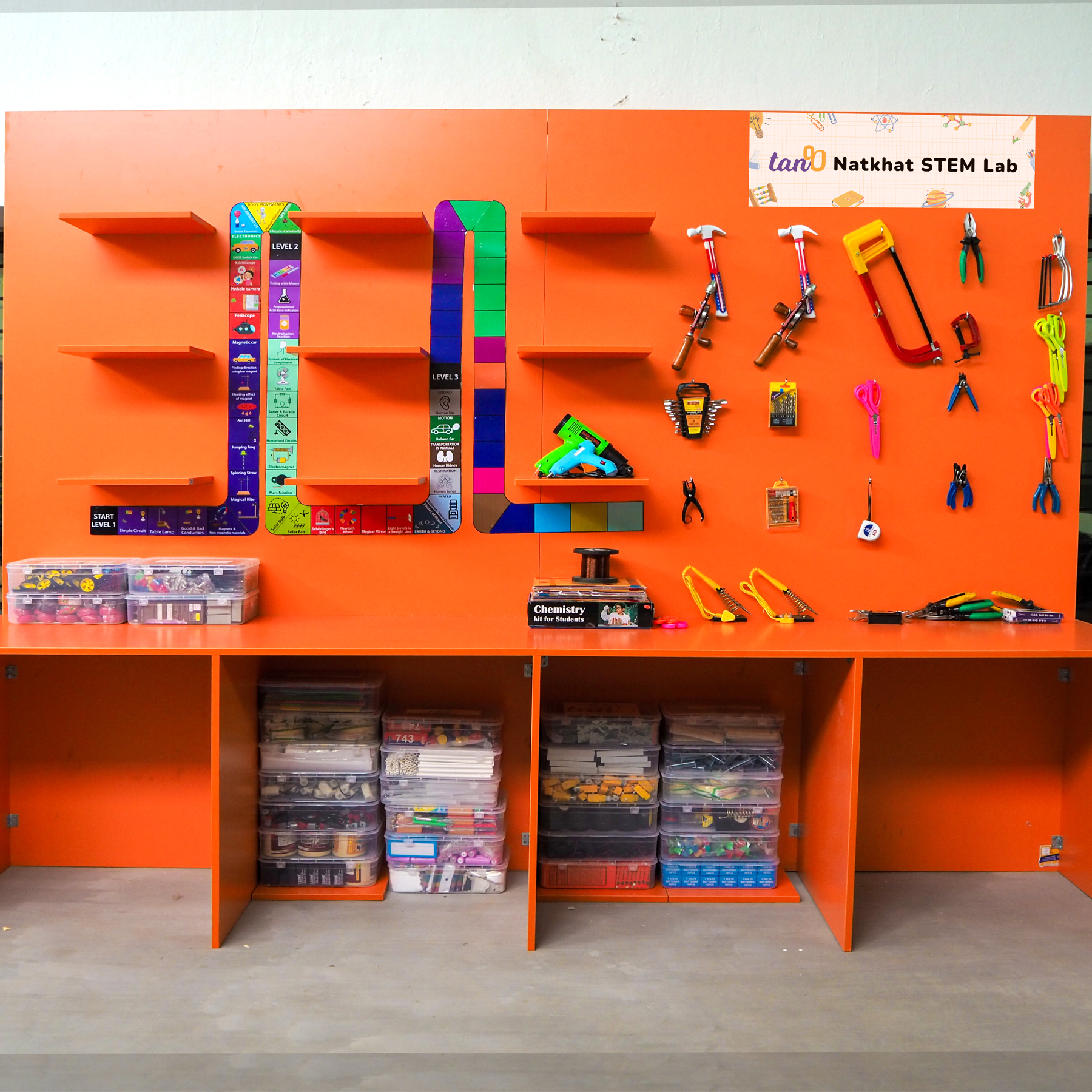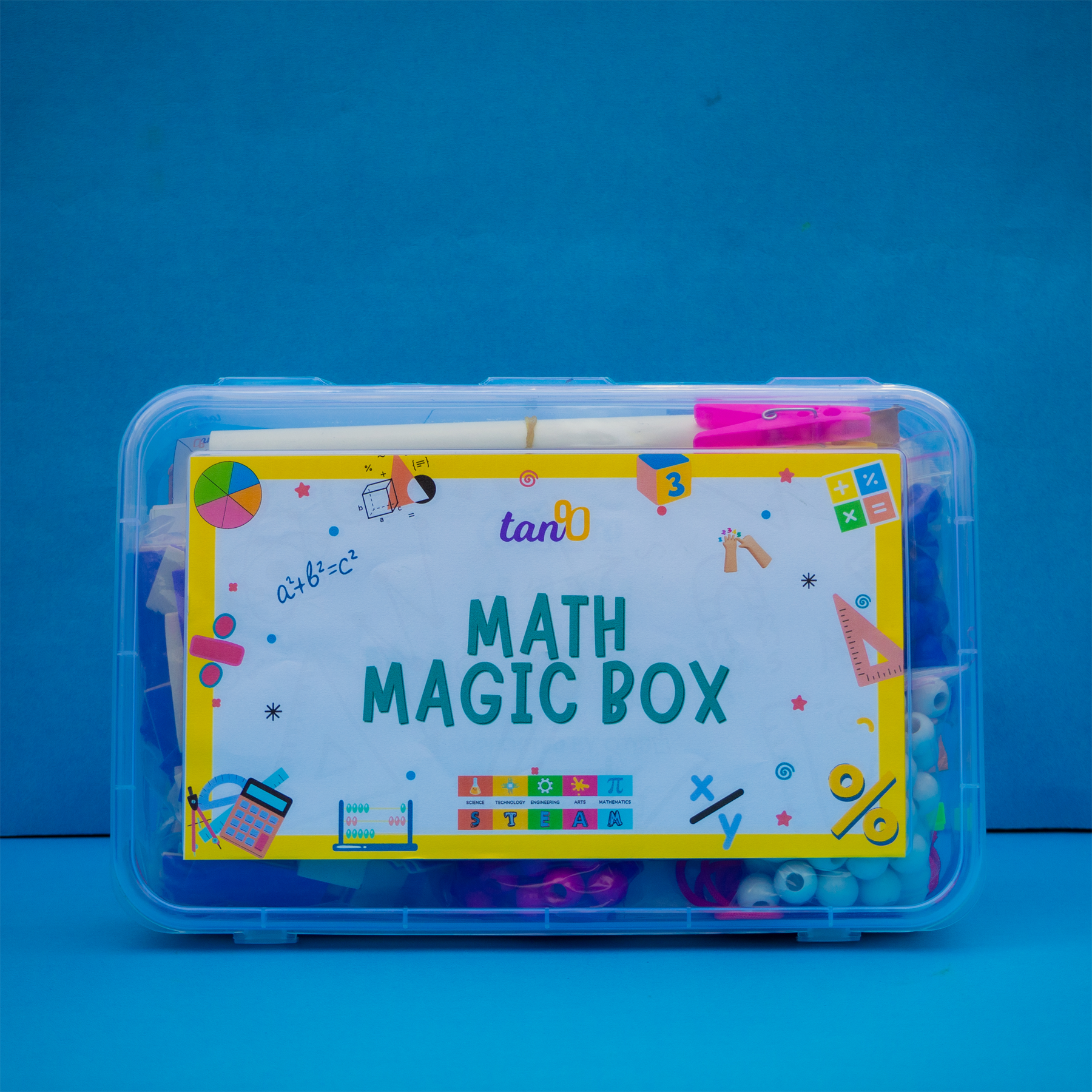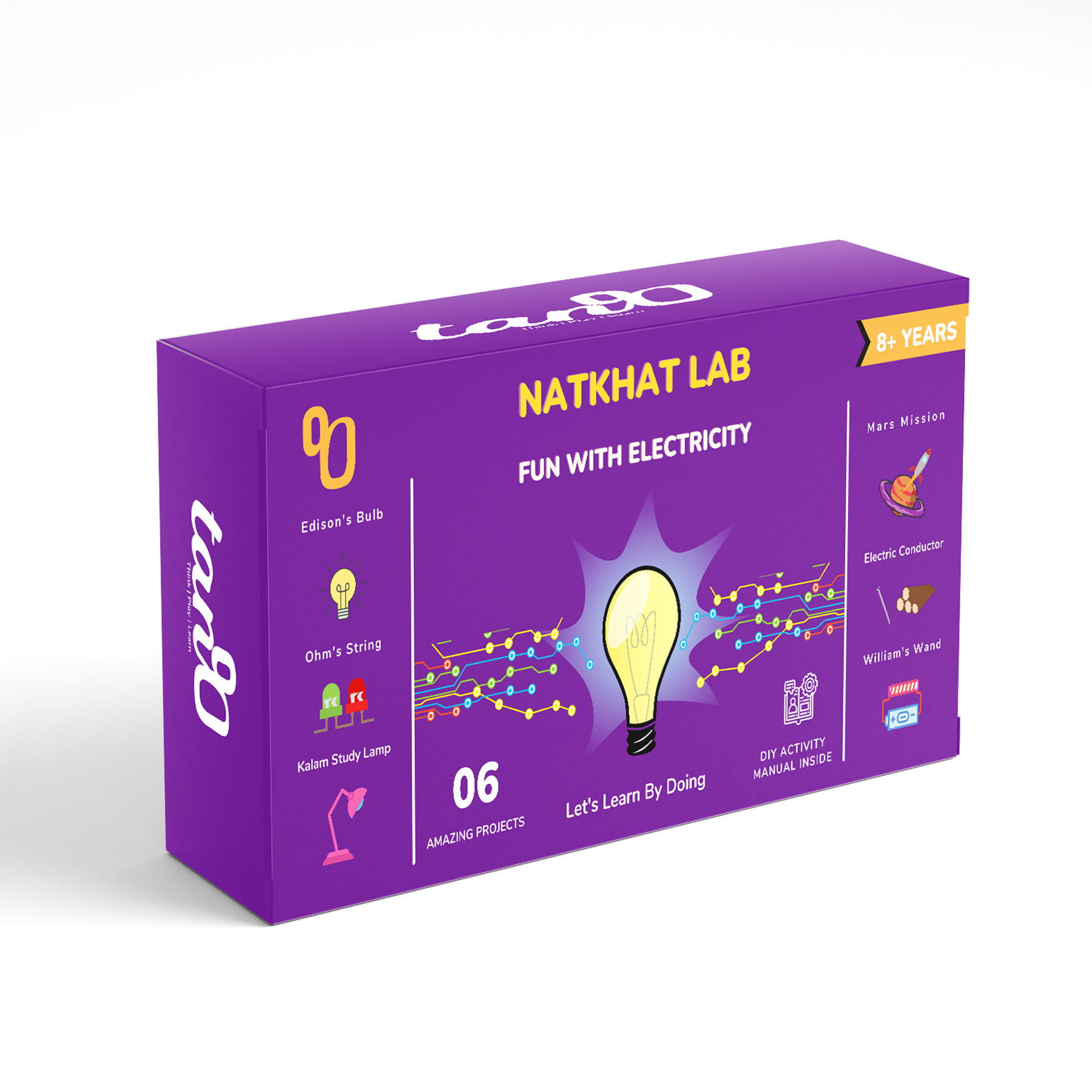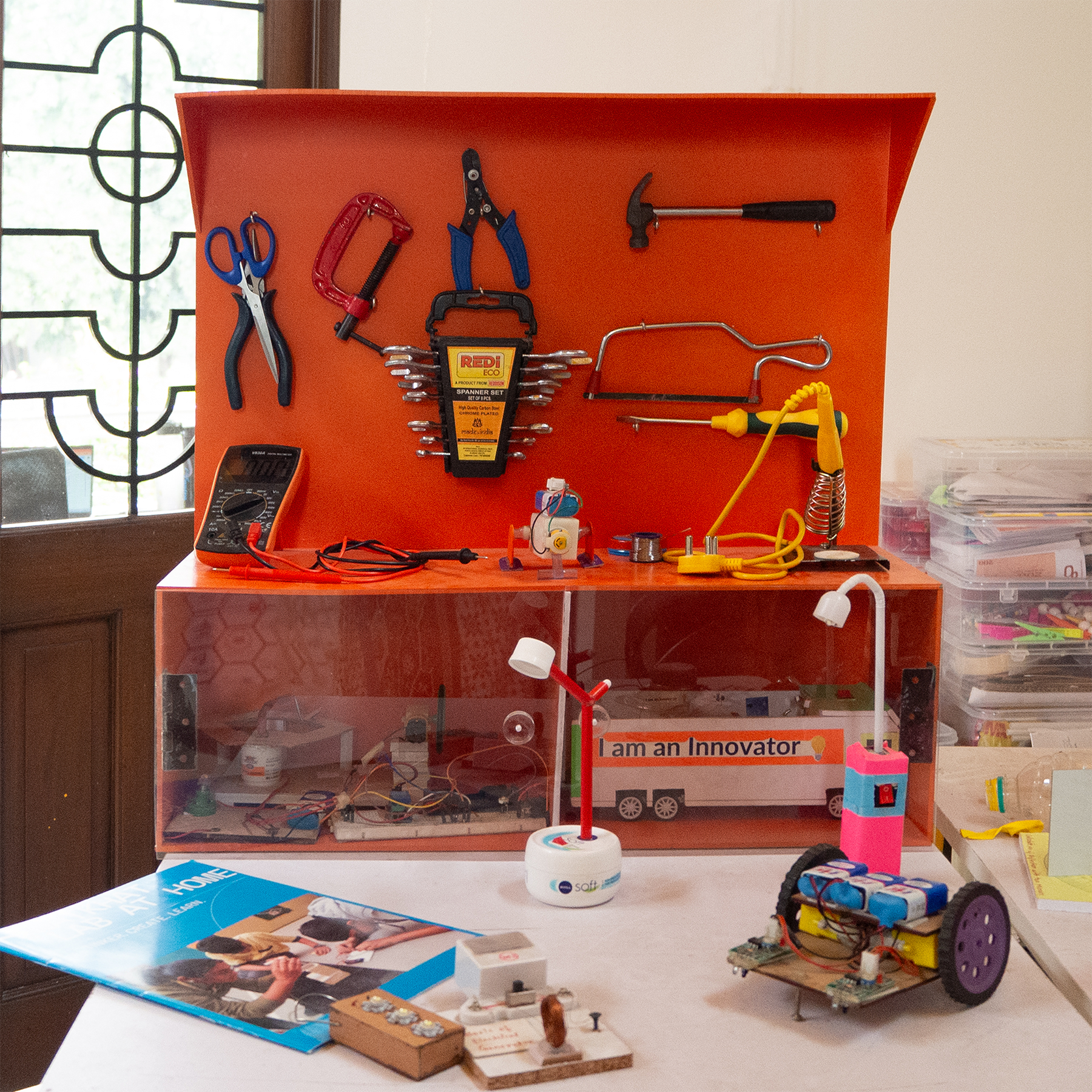Headline: Nurturing Young Minds with the Latest in STEM Innovation
Before we dive into the latest developments, it's crucial to understand the current landscape of STEM education in India. Traditionally, STEM subjects have been perceived as challenging and often taught through rote memorisation. However, a paradigm shift is underway as educators and researchers recognise the need for a more dynamic and engaging approach to foster a genuine interest in these subjects.
Reshaping Traditional Teaching Methods
One of the critical areas of focus in contemporary STEM education research is the transformation of traditional teaching methods. In India, educators are increasingly moving away from the conventional lecture-based approach towards interactive and participatory methods. Collaborative learning environments, group projects, and peer-to-peer interactions are becoming integral components of the STEM curriculum, making the learning experience more engaging and effective.
Integration of Technology: Bridging Gaps and Enhancing Learning
Technology is a powerful tool that has the potential to revolutionise education, particularly in a country as diverse as India. Researchers and educators are exploring innovative ways to integrate technology into STEM education, making it more accessible and inclusive. Mobile applications, virtual reality simulations, and interactive online platforms create a digital ecosystem that transcends geographical barriers, ensuring that quality STEM education reaches every corner of the nation.
Hands-On Experiences: Learning by Doing
One of the transformative trends in STEM education research is the emphasis on hands-on experiences. Educators recognise the importance of practical application and incorporate hands-on activities, experiments, and projects into the curriculum. From building simple machines to conducting scientific experiments, these experiences make learning more tangible and instil curiosity and exploration in young minds.
Diversity and Inclusion in STEM: A Growing Imperative
Ensuring diversity and inclusion in STEM education is paramount in a country as culturally diverse as India. Researchers are addressing gender and socio-economic disparities by developing strategies to encourage girls and underprivileged students to participate actively in STEM. Initiatives promoting STEM education in regional languages are gaining momentum, making these subjects more accessible to students from diverse linguistic backgrounds.
Having set the stage with an understanding of the current landscape, let's delve into the cutting-edge innovations shaping the future of STEM education in India.
Adaptive Learning Technologies: Tailoring Education to Individual Needs
One of the revolutionary developments in STEM education research is the advent of adaptive learning technologies. These technologies leverage artificial intelligence (AI) algorithms to customise learning experiences based on individual student needs. In India, where classrooms can be diverse in learning abilities, adaptive learning technologies are proving to be a game-changer, ensuring that each student receives personalised instruction that suits their pace and style of learning.
Incorporating Augmented Reality (AR) and Virtual Reality (VR): A Transformative Learning Experience.
AR and VR technologies have moved beyond entertainment and are making significant inroads into education. In the context of STEM, these technologies offer immersive learning experiences that go beyond what traditional methods can achieve. Imagine students exploring the solar system in a virtual environment or dissecting a virtual frog in a biology class. In India, researchers are actively exploring how AR and VR can be integrated into the curriculum to enhance the understanding of complex concepts and bridge the gap between theory and application.
Project-Based Learning: Fostering Critical Thinking and Problem-Solving Skills
Project-based learning is gaining prominence as a pedagogical approach encouraging students to apply theoretical knowledge to real-world problems. This approach efficiently fosters critical thinking and problem-solving skills in STEM education. Indian researchers are championing project-based learning initiatives that range from designing sustainable solutions for local communities to creating innovative technologies that address societal challenges. These projects enhance academic learning and instil a sense of responsibility and creativity in students.
Gamification of STEM Education: Making Learning Fun
Recognising the potential of gamification to engage and motivate students, researchers in India are exploring ways to infuse game design elements into STEM education. Gamified learning platforms make learning enjoyable and incentivise students to participate actively in the learning process. From solving math puzzles to conducting virtual science experiments, gamification transforms STEM education into a dynamic and interactive experience.
As we reflect on the latest trends and breakthroughs in STEM education research, it's evident that India is on the brink of a transformative era in learning. The integration of technology, the emphasis on practical experiences, and the commitment to diversity and inclusion are shaping a future where STEM education is not just a subject but a gateway to innovation and exploration.
Challenges and Opportunities
While the strides made in STEM education research are commendable, challenges persist. Infrastructure limitations, a shortage of trained educators, and the need for sustained funding are hurdles that must be addressed. However, these challenges also present opportunities for collaboration between policymakers, educators, and the private sector to create a robust ecosystem that supports and sustains innovative approaches to STEM education.
Empowering the Next Generation: A Collective Endeavor
As we look to the future, it's crucial to recognise that the transformation of STEM education is a collective endeavour. Policymakers, educators, parents, and the wider community all play pivotal roles in creating an environment where young minds can flourish. By fostering a love for learning, encouraging curiosity, and embracing innovation, we can collectively empower the next generation to become leaders, problem solvers, and innovators in the ever-evolving landscape of STEM.
Conclusion: Celebrating the Journey of Discovery and Innovation
In conclusion, exploring the cutting-edge research shaping STEM education for children in India has been a journey of discovery and celebration. From the reshaping of teaching methods to the integration of transformative technologies, the landscape of STEM education is evolving to meet the needs of a dynamic and diverse nation.
As we continue to break boundaries in STEM education, let us collectively champion the cause of nurturing young minds with the latest STEM innovation. Through collaboration, dedication, and a shared vision for the future, we can ensure that every child in India can explore, learn, and contribute to the exciting world of science, technology, engineering, and mathematics.







